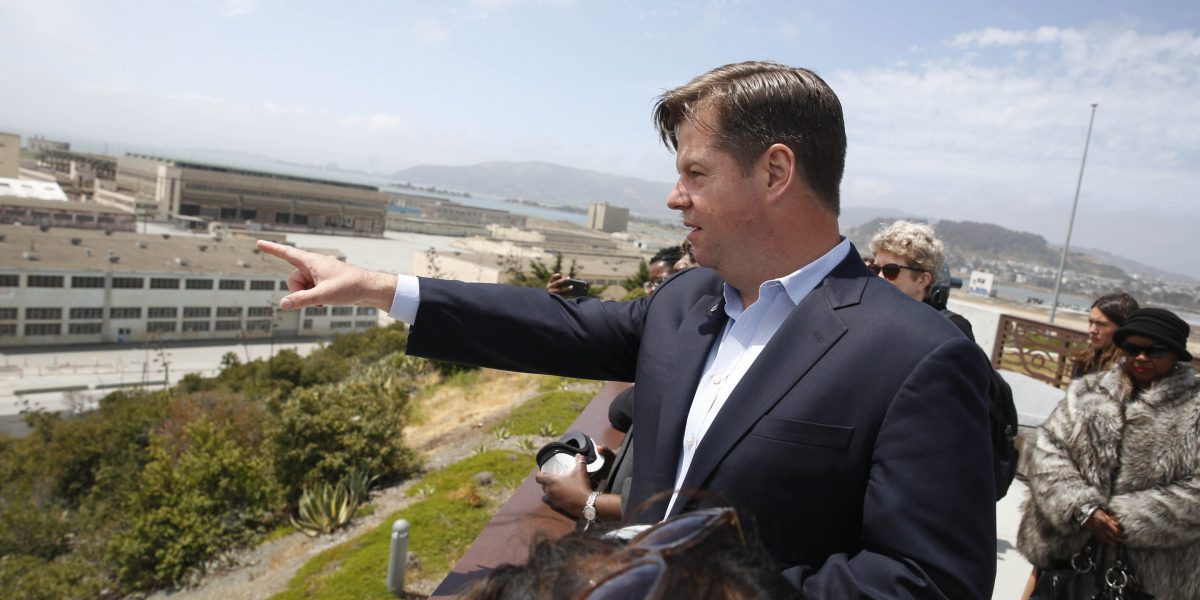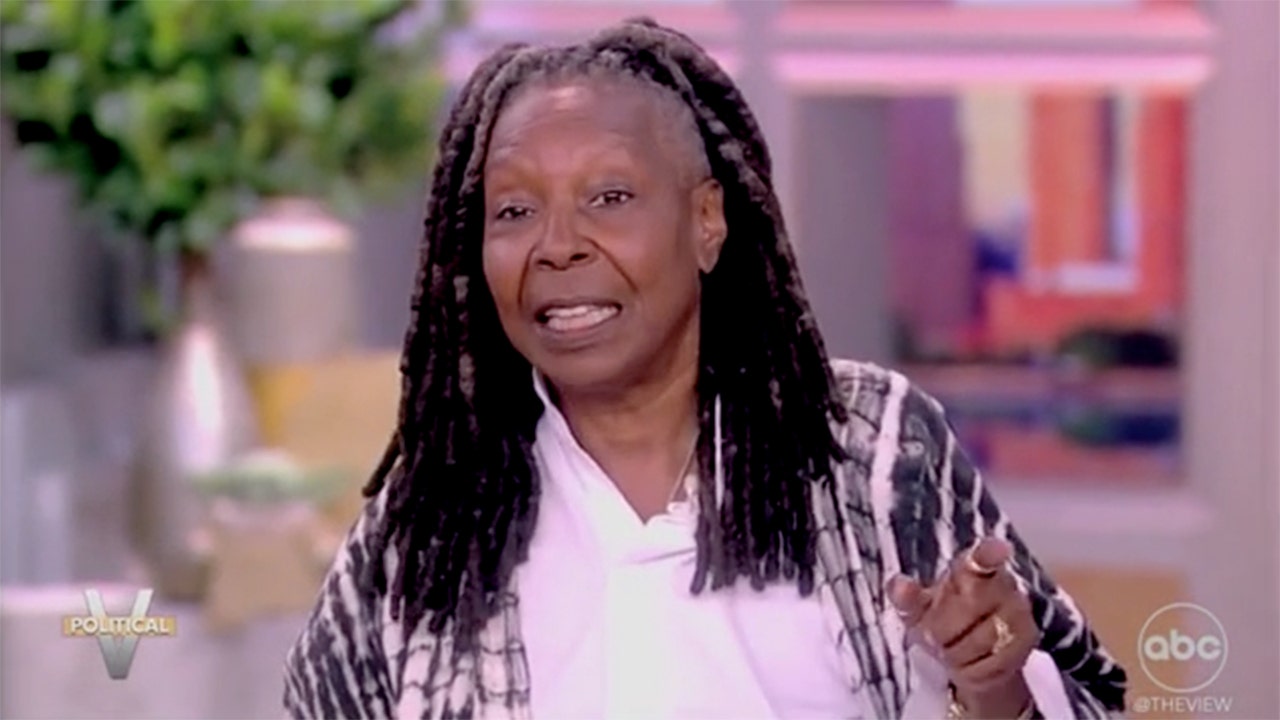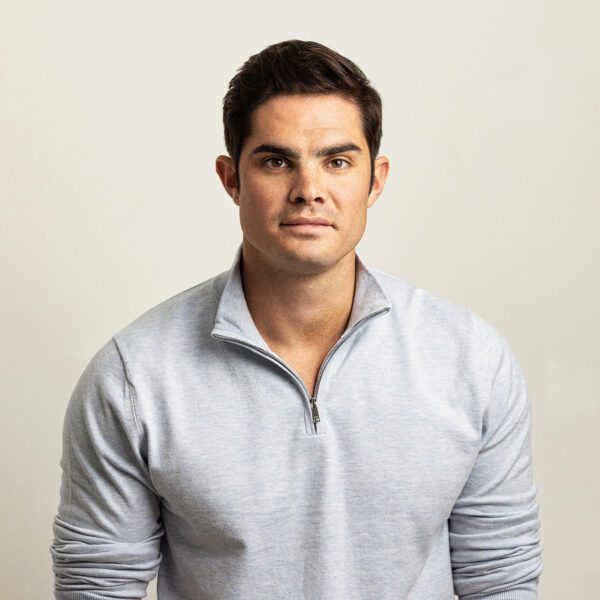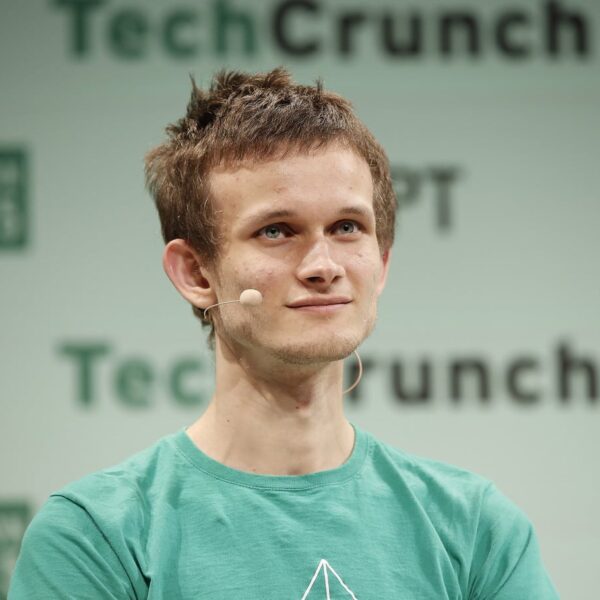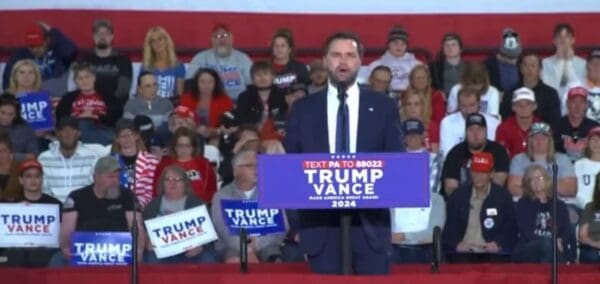

It’s a bad time to be a business in the Bay Area, but one mayoral candidate gunning to oust incumbent San Francisco mayor London Breed has a plan to turn that around. It’ll just take two decades.
Mark Farrell, a Democrat and former interim mayor, believes the city can’t thrive without a bustling downtown, and a bustling downtown can’t thrive without workers in their offices.
Farrell served a six-month stint as interim mayor just before Breed’s election in 2018, and was previously S.F.’s longest-serving budget chair, per his campaign site. Before pivoting to public service, he worked in law and investment banking and co-founded Thayer Ventures, a VC firm mainly funding travel and mobility tech.
San Francisco “ranks dead last in economic recovery post-Covid,” Farrell told CNBC’s Kate Rogers in an interview. “That, to me, is an embarrassment and it needs to change.” If elected, Farrell intends to halve San Francisco’s office vacancy rates within his first term.
It’s a hard proposition, given how anemic the city’s business district has become. Elon Musk, CEO of X, formerly Twitter, yesterday announced plans to move the company headquarters from San Francisco—where it’s been since its 2006 founding—to Texas. (He’ll also bring Hawthorne, Calif.-based SpaceX to Texas, where he and his EV company Tesla have relocated.)
Even without Musk, San Francisco’s business district is in dire straits. Offices are 36.7% vacant, per commercial real estate firm CBRE—the highest that figure has ever been. The once-booming West Coast epicenter is among the biggest pandemic casualties. It faces some of the nation’s highest rates of commercial real estate vacancy, and residential isn’t much better. Nearly one in five S.F. homeowners are selling their property for a loss, per an April Redfin analysis.
On average, commercial office spaces are asking for $68.27 in rent per square foot, per Cushman & Wakefield—marking a nine-year low. But companies still aren’t biting, which is why Farrell, a seasoned private sector alum, plans to dole out tax incentives to any business—tech or not—to put out a shingle downtown.
Business districts need businesspeople
Then there’s that return-to-office mandate, which many Bay Area stalwarts, like Uber and Meta, have given employees. But those orders (which typically call for two to three days of in-office work per week) aren’t enough for Farrell, who sees the ghostly emptiness of downtown to be the root of many of S.F.’s paralyzing problems.
Remote work “translates into a loss of sales tax revenue, property tax revenue that is decreasing in major ways when buildings are selling for 10 or 20 cents on the dollar,” he said. “At the end of the day, those resulting commercial property taxes are putting a massive hole in our budget.”
Farrell did not respond to Fortune’s requests for comments, but wrote on X in April that he would, as mayor, “offer new incentives to businesses who require their employees back in the office at least 4 days a week + focus on providing clean & safe streets.” He did not specify to CNBC how that incentive would differ from the tax incentives he says he’ll provide to downtown businesses.
Pre-pandemic, 70% of San Francisco jobs were downtown, per the San Francisco Chronicle, and about 75% of the city’s GDP stemmed from office work—which is what most of downtown was dedicated to. Remote work has decimated that dynamic; offices are only about 40% as full as they were back in 2019, which is markedly not the case in other major metros.
Kastle Systems, which has tracked office attendance since before the first lockdowns, finds that San Francisco offices are consistently among the least-attended compared to other big cities like D.C., Philadelphia, Los Angeles and Dallas. Last week, S.F. offices were 38.8% full, compared to 50.3% full in Chicago and 46.3% in New York, per Kastle data provided to Fortune.
“The issue is…the lack of people; [downtown] is a shell of what it used to be,” Farrell told CNBC. Employees’ return to their desks, in his view, would “create that vibrancy that will really bring the future of downtown forward.”
He’s not alone in that belief, even if it’s unpopular. “The lack of people working downtown every day has profound impacts on the city’s tax base,” city controller Ben Rosenfield told the Chronicle. And at Dreamforce 2022, Salesforce founder-CEO Marc Benioff said the S.F. business district, if nothing else, needs to be “rebalanced.”
No wonder a mayoral candidate is heeding his advice; with 9,000 local workers, Salesforce is the largest private employer in San Francisco.

